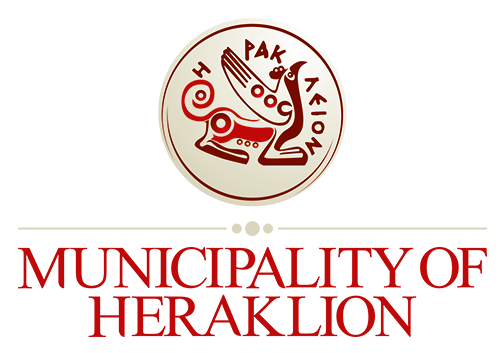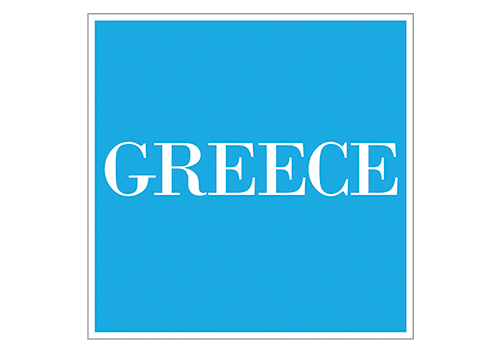History

Heraklion – A Crossroads of "5+1" civilizations
The modern Heraklion is a meeting place of “5+1” civilizations, also known as the Byzantine Castle, the Rabdh el Chandak of the Arabs, the Byzantine fortress, the Venetian Candia and the Ottoman Kandiye.
Heraklion, a port-capital of the maritime routes looming the island of Crete.
Here is the place where the very first European civilization had flourished.
Cretan mythology and reality in Heraklion are just a five-kilometer road apart. It is the port- capital of Minoan Crete and Knossos, the palace of King Minos.
As a settlement, the city of Heraklion dates back to 1000-950 BC. It was located around the current Venetian port and was the seaport of Knossos.
During the first Byzantine period, it was known as the “Castle” due to its fort walls.
In 824 AD, the Byzantine Castle fell to the hands of Saracen Arabs. They built a fortification wall and dug a deep trench, for this the Arabs called Heraklion “the Trench Castle” (Rabd hel Khantak), a name that was used for many centuries (Chandakas in Greek). In 961 and following continuous unsuccessful attempts made by the Byzantines to retake Crete, Nikiforos Fokas managed to free the island.
The fall of Constantinople to the Fourth Crusade brought with it the curving-up of Byzantine imperial territory, including Crete. Venetian rule was finally established in 1217 and over the ensuing four and a half centuries Crete was one of the most important possessions of the “Serenissimi”. Kastro remained the capital, now renamed Candia and became a hive of economic and intellectual activity.
An act of piracy involving the Knights of St. John of Malta provided the pretext for the 5th Venetian –Turkish War, known as the Cretan War, because the island was the main theatre of conflict between the two rivals. The Ottomans started gradually taking the island under their control from 1645. The siege of Chandax, one of the lengthiest of its kind in world history, began in May 1645. The defenders finally capitulated and fled in September 1669. The island then became an Eyialet (administrative region) with Chandax-thenceforth officially known as Kandiye-as its capital.
The Ottoman rule on the island lasted until 1898 and ended rapidly after the violent riots of the 25 August 1898 that took place in Heraklion. The withdrawal of the Turkish army marks the end of a turbulent era.
On 9 December 1898 Prince George of Greece landed on Crete as High Commissioner of the Autonomous Cretan State. According of the terms of the new status quo, the island was granted extended autonomy but remained under the suzerainty of the sultan and the protection of the European powers to ensure order on the island. The future of Crete was settled once and for all at the end of the Balkan Wars.
In December 1913 the union of Crete with Greece was officially declared. The Asia Minor disaster in 1922 marks the beginning of the Greek interwar period (1922-1940). Thousands of refugees settled on Crete, particularly in Heraklion. At the same time, the Muslim residents were forced to abandon the island.
The Italian offensive launched against Greece on 28th October 1940 brought an end to the twenty-year Greek interwar period, forcing the country to become embroiled in global conflict. The Greek victories, together with the failure of the Italian attack provoked the German intervention that took place on 6th April 1941.
In May 1941, the Battle of Crete begins with heavy air raids that targeted the main urban centres, and a large part of Heraklion. The battles that were fought over the next ten days were fierce in the extreme, but the final outcome of the struggle was determined by the assailants’ supremacy in the air. Thus the difficult period of Italo-German occupation extended to Crete.
Heraklion was liberated in October 1944, but the last of the invaders did not leave the island until the German surrendered in May 1945.
ΧΑΡΤΗΣ








